Dinamiche del progetto contemporaneo. Nuova materialità antica. Materiali tradizionali e percorsi di innovazione
Abstract
Attenuare prassi delle "Trasformazioni", caratterizzate da: crescite incontrollate; consumi di risorse finite e deregolamentazioni negli usi di suolo e di acqua; continua a rappresentare l’oggetto del "Dibattito" incentrato sulla proposizione di ipotesi solutive di tale realtà "Contemporanea", il cui obiettivo è la definizione un "approccio" al "Progetto Contemporaneo" che, consapevolmente, possa orientarsi alla "ri/adozione" dei principi di "Appropriatezza" e "Compatibilità".
In linea con i caratteri dell descritto, il contributo propone sul tema, la lettura di un aspetto di tale "rifondazione".
La conduzione delle "Scelte Materiali" per il "Progetto".
Il contributo, pertanto, propone un percorso ove, a fronte della conduzione di orientati ed opportuni "Percorsi di Innovazione" si possa approdare alla riassunzione di scelte progettuali condotte, riferendosi ai trascurati "Regesti Tecnici, Materiali e Immateriali" che connotano le risorse esistenti degli attuali, potenziali, "Territori della Modificazione".
In tale direzione, pertanto, stanti: la pregiudiziale assunzione dei concetti di "Consapevolezza" e di "Appropriatezza" nonché, la strutturata adattività del suo impianto logico; si sottolinea che - tale ipotesi - possa rivelarsi in grado di conseguire la reiterabilità e l’esportabilità del suo modello operativo.
Dynamics of the Contemporary Project. New Ancient Materiality. Traditional Materials and Innovation Paths
The easing up on transformation proceedures, which are characterized by uncontrolled growth, the consumption of finite resources and the deregulation of land and water usage continues to be the object of the debate. This debate focuses on proposing hypothetical solutions to this contemporary reality and its objective is to outline an approach to the Contemporary Project which can be directed towards the re-adoption of the principles of appropriateness and compatibility.
In line with the characteristics of the described approach, the paper proposes an interpretation of an aspect of this discovery.
The management of the material chosen for the project.
The paper, therefore, proposes a path where, when dealing with appropriate and guided innovation paths we can arrive at the resumption of design choices made, taking in the neglected technical, material and immaterial regimes that characterize the existing resources of the current potential territories to be modified.
Therefore, following this path this hypothesis proposes the preliminary assumption of the concepts of awareness and appropriateness as well as the structured adaptability of its logical system. Consequently, its operating model may turn out to be exportable and may be repeated in other areas.Parole chiave
Full Text
PDFDOI: https://doi.org/10.14633/AHR196
Refback
- Non ci sono refbacks, per ora.
Copyright (c) 2019 Francesco Pastura

This work is licensed under a Creative Commons Attribution-NonCommercial 4.0 International License.
........................................................................................................................................................................................................................................................................................................................................................
ArcHistoR è una rivista open access e peer reviewed (double blind), di Storia dell’architettura e Restauro, pubblicata con cadenza semestrale dall'Università Mediterranea di Reggio Calabria (Laboratorio CROSS - Storia dell'architettura e Restauro, dAeD - Dipartimento di Architettura e Design).
ISSN 2384-8898
![]()

Comitato scientifico internazionale
Maria Dolores Antigüedad del Castillo-Olivares, Monica Butzek, Jean-François Cabestan, Alicia Cámara Muñoz, David Friedman, Alexandre Gady, Jörg Garms, Miles Glenndinning, Mark Wilson Jones, Loughlin Kealy, Paulo Lourenço, David Marshall, Werner Oechslin, José Luis Sancho, Dmitrij O. Švidkovskij
Comitato direttivo
Tommaso Manfredi (direttore responsabile), Giuseppina Scamardì (direttrice editoriale), Antonello Alici, Salvatore Di Liello, Fabrizio Di Marco, Paolo Faccio, Mariacristina Giambruno, Bruno Mussari, Annunziata Maria Oteri, Francesca Passalacqua, Edoardo Piccoli, Renata Prescia, Nino Sulfaro, Fabio Todesco, Guglielmo Villa
 .
. 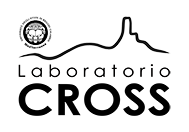


2.jpg)
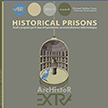
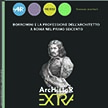
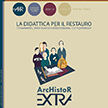
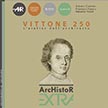
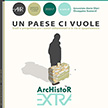
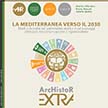
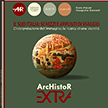
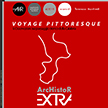
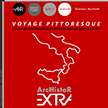
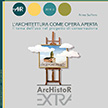
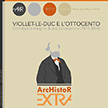
_2.jpg) .
. 
 .
. 

